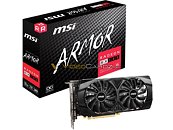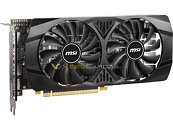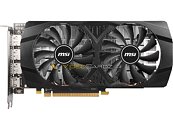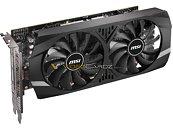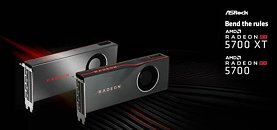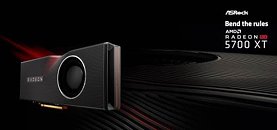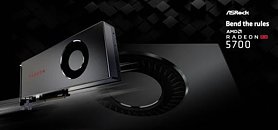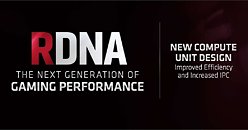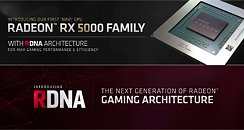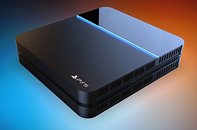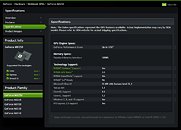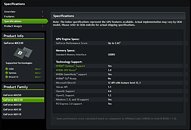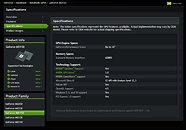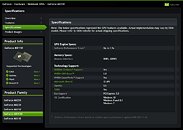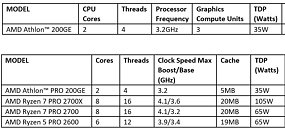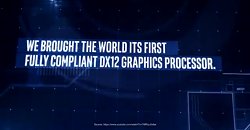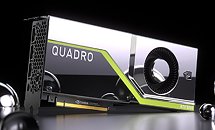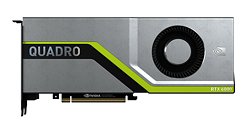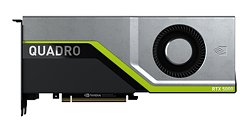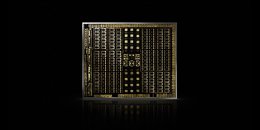
Intel DG1 Discrete GPU Shows Up with 96 Execution Units
As we are approaching the year 2020, when Intel is rumored to launch its discrete graphics cards to the hand of consumers around the world, we are gearing up on the number of leaks about the upcoming products. Thanks to Twitter user @KOMACHI_ENSAKA, who found the latest EEC listing, we have new information regarding Intel's upcoming DG1 discrete graphics solution.
In the leaked EEC listing, the DG1 GPU is being presented as a GPU with 96 execution units, meaning that Intel is planning to take on entry-level graphics cards with this GPU. If the graphics unit is following the same design principle of the previous-generation GPUs, then there should be around 8 shading units per one execution unit, totaling 768 shading units for the whole DG1 GPU. If the 12th Gen Xe design inside the DG1 follows a different approach, then we can expect to see a double amount of shading units, meaning 1536 in total.
In the leaked EEC listing, the DG1 GPU is being presented as a GPU with 96 execution units, meaning that Intel is planning to take on entry-level graphics cards with this GPU. If the graphics unit is following the same design principle of the previous-generation GPUs, then there should be around 8 shading units per one execution unit, totaling 768 shading units for the whole DG1 GPU. If the 12th Gen Xe design inside the DG1 follows a different approach, then we can expect to see a double amount of shading units, meaning 1536 in total.


